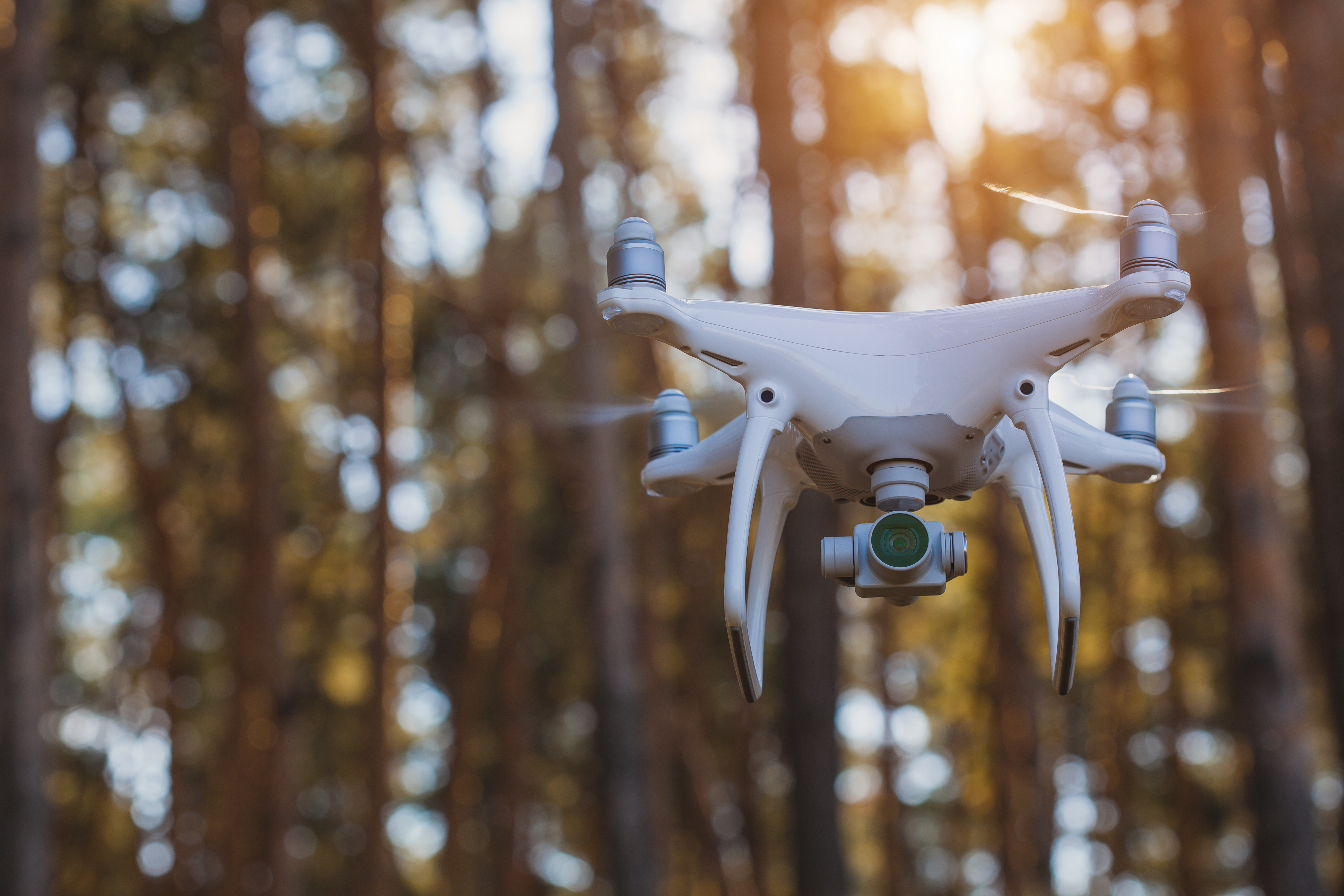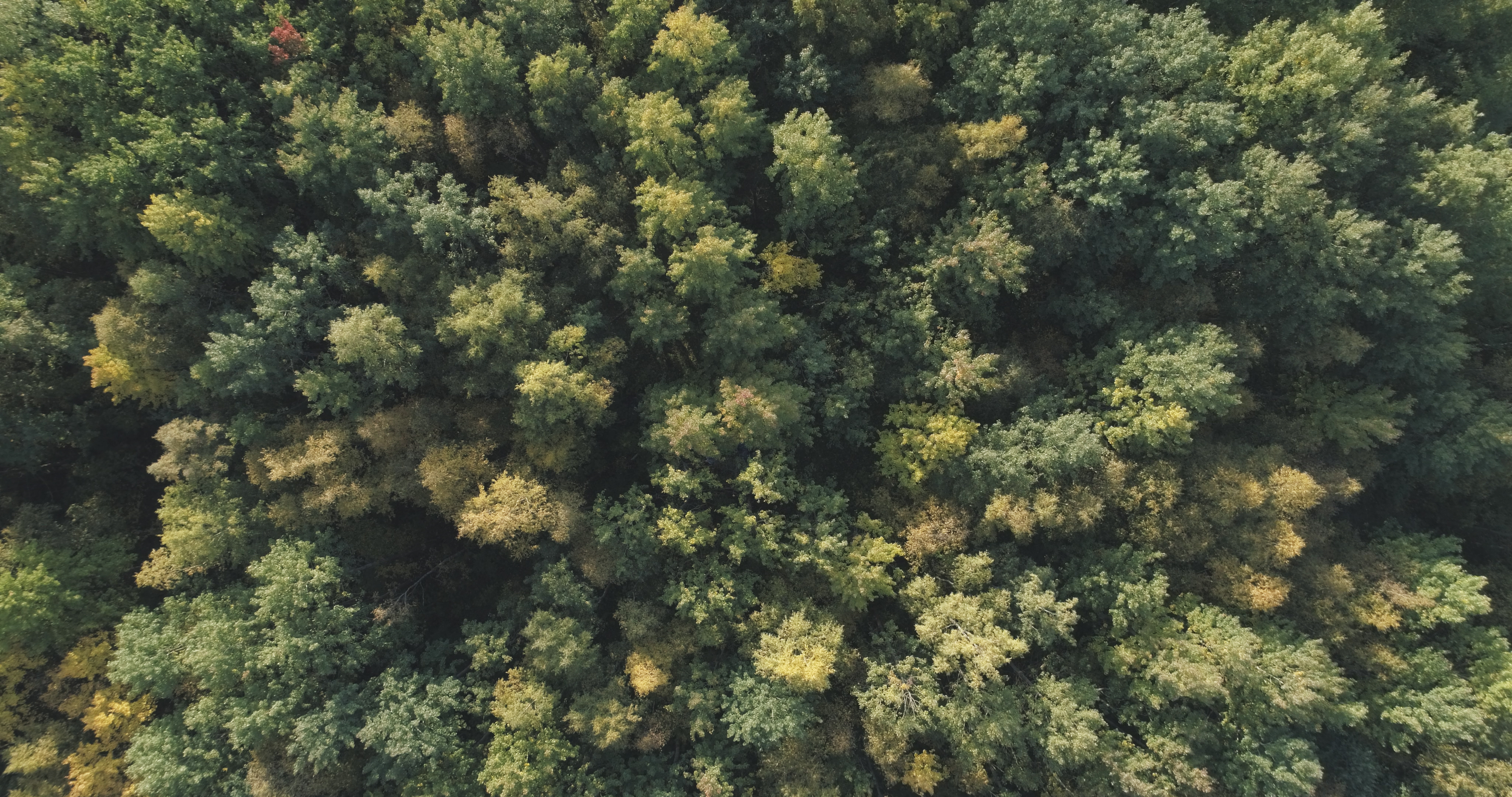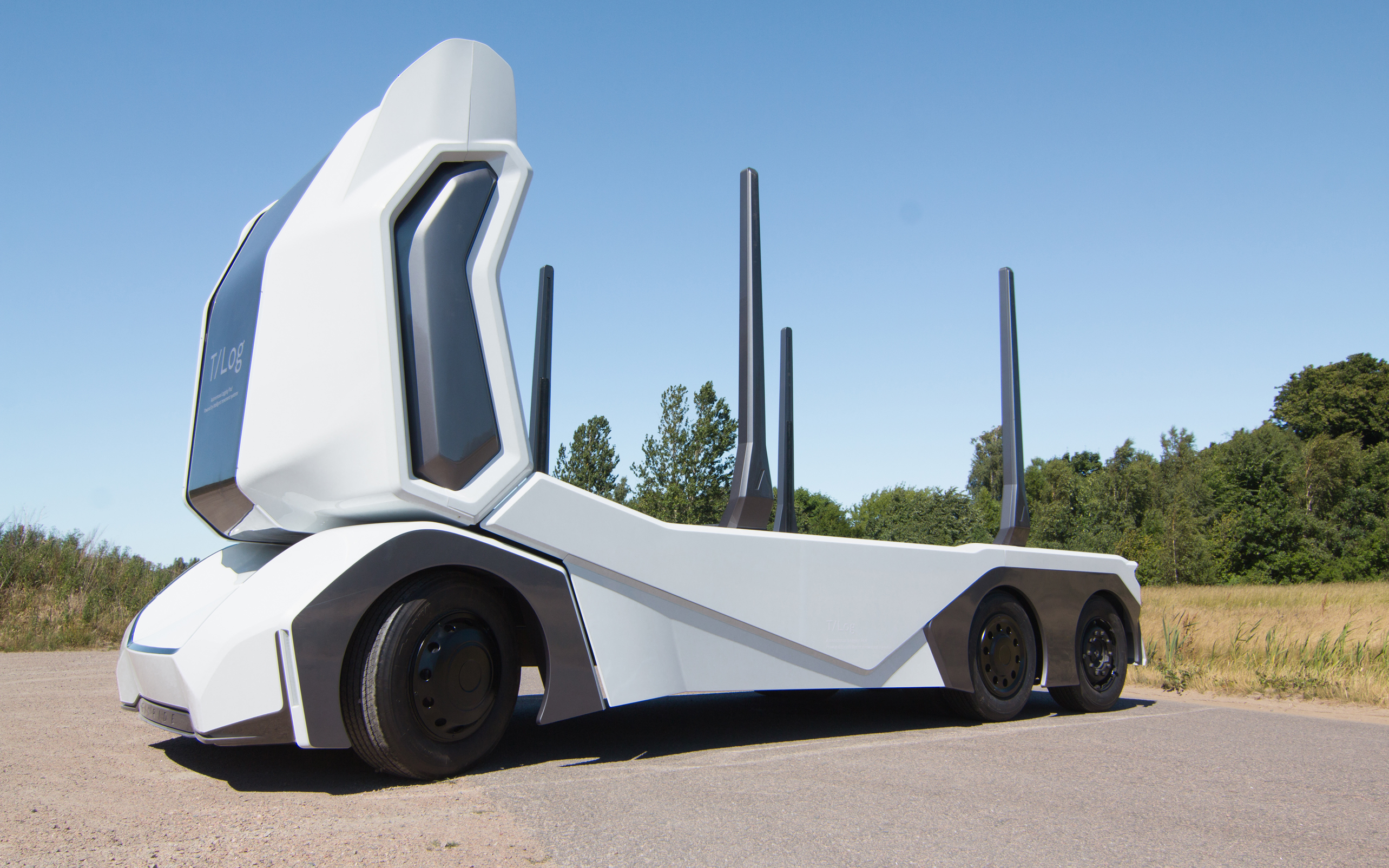
Around the world industries are undergoing profound change. The phrase ‘Industry 4.0’ describes this emerging era when the combination of data and automation is transforming long-established practices and business models.
Autonomous cars are perhaps one of most widely-known examples of ‘smart’ technology slowly inching towards daily life, but they are far from the only example. There is almost no sector untouched by this oncoming digital disruption – even industries as old as forestry are being transformed.
From smart and self-driving vehicles to data-crunching drones, Forestry 4.0 is ushering in a new era for efficient and sustainable forest management.
Drones and data

If the first industrial revolution was powered by steam, the fourth is being powered by data. Collecting information on every aspect of a process allows smart devices and machines to cut out inefficiencies and optimise a task.
In forestry, capturing and utilising huge amounts of data can build a better understanding of the land and trees that make up forests. One of the best ways to gather this data from wide, complex landscapes is through aerial imaging.
Satellites have long been used to monitor the changing nature of the world’s terrain and in 2021, the European Space Agency plans to use radar in orbit to weigh and monitor the weight of earth’s forests. But with the rise of drones, aerial imagining technology is becoming more widely accessible. Now even small-scale farmers and foresters can take a birds-eye view of their land.
Oxford-based company BioCarbon Engineering focuses on replanting areas of forests. It utilises drone technology to scan environments and identify features such as obstacles and terrain types which it uses to design and optimise planting patterns.
A drone then follows this path roughly three to six feet off the ground, shooting biodegradable seed pods into the ground every six seconds along the way. BioCarbon claims this approach can allow it to plant as many as 100,000 trees in a single day.
Gathering data on the health of working forests doesn’t necessarily require cutting-edge equipment either. In the smartphone era, any forestry professional now has the computing power in their pocket to capture detailed information about a forest’s condition.

Mobile app MOTI was designed by researchers at the School of Agricultural, Forest and Food Sciences at the Bern University of Applied Sciences in Switzerland. It allows users to scan an area of forest with a phone’s camera and receive calculated-estimates on variables such as trees per hectare, tree heights and the basal area (land occupied by tree trunks).
Automating the harvest
Capturing data from forests can play a huge part in developing a better understanding of the land, terrain and trees of working forests, which leads to better decision making for healthier forests, including how and when to harvest and thin. But the equipment and technology carrying out these tasks on the ground are also undergoing smart-tech transformations.

Self-driving and electric vehicles are expected to disrupt multiple industries, including forestry. Swedish startup Einride, recently unveiled a driverless, fully electric truck that can haul as much as 16-tonnes of lumber and is specially designed for off-road, often unmapped, terrain.
There are some pieces of equipment, however, that will be harder to fully automate – for example, harvesters, which are used to fell and remove trees. Their long, digger-like arm normally features a head consisting of a chainsaw, claw-grips and rollers all in one, which are controlled from the vehicle’s cab.
Even as image recognition and sensors improve, automating these types of machines entirely is hugely challenging. An ideal use of artificial intelligence (AI) would be enabling a harvester to identify trees of a particular age or species to remove as part of thinning, for example, without disturbing the rest of the forest. However, trees of the same species and age can differ from each other depending on factors such as regional climates, soil and even lighting at the time of analysis.
This makes programming a machine to harvest a specific species and age of tree is very difficult. Nevertheless, innovation such as intelligent boom control – as John Deere is exploring – can help human operators automate movements and make harvesting safer and more efficient.
Forestry has always changed as technology has advanced – from the invention of the axe to the incorporation of ecology – and the digital revolution is no different. Smart sensors and deeper data will, ultimately, help optimise the lifecycle, biodiversity and health of managed forests.
With thanks to the Institute of Chartered Foresters for inviting us to attend its 2018 National Conference in May – Innovation for Change: New drivers for tomorrow’s forestry.





